Ask AI on The Internet
Question: what message is the author trying to communicate through Gatsby's failure to win over Daisy. With quotes
In F. Scott Fitzgerald's "The Great Gatsby," Jay Gatsby's failure to win over Daisy Buchanan serves as a poignant critique of the American Dream and the illusion of social mobility. Through Gatsby's attempts to rekindle his romance with Daisy and his ultimate failure, Fitzgerald conveys several messages: 1. The Elusiveness of the American Dream: Gatsby represents the ideal of the self-made man who rises from nothing to achieve wealth and status. However, despite his wealth, Gatsby is unable to transcend his past and secure a future with Daisy, suggesting that the American Dream is ultimately unattainable for many. The dream is depicted as elusive, and those who chase it are doomed to fail. This is evident in the famous closing lines: "Gatsby believed in the green light, the orgastic future that year by year recedes before us. It eluded us then, but that's no matter – tomorrow we will run faster, stretch out our arms farther. ... And one fine morning — So we beat on, boats against the current, borne back ceaselessly into the past." 2. The Corruption of Wealth: Gatsby's wealth, which he amasses through dubious means, is insufficient to win Daisy's love, illustrating how money cannot buy true happiness or love. The glittering façade of Gatsby's lifestyle contrasts with the emptiness of his pursuit, emphasizing the moral decay underlying the pursuit of wealth. Daisy's shallow nature and ultimate choice reflect this, as she remains with Tom Buchanan, who represents old money and traditional social ties. This is reflective in: "They're a rotten crowd...You're worth the whole damn bunch put together." Nick Carraway's rare praise of Gatsby highlights the inherent corruption and superficiality of the world Gatsby tried to infiltrate. 3. The Power of Social Class: Gatsby's failure underscores the rigid class structures in American society. Despite his wealth, Gatsby cannot win Daisy because he lacks the pedigree and social standing of Tom Buchanan. Daisy's ultimate decision to stay with Tom demonstrates the enduring power of old money and social class, highlighting that true social mobility is far more complex than mere accumulation of wealth. This is evident in Tom's derogatory remarks about Gatsby: "An Oxford man! Like hell he is! He wears a pink suit." Tom's disdain for Gatsby's background symbolizes the barrier that status and class erect. 4. The Illusion of Time and the Past: Gatsby's idealized vision of Daisy and the past is fundamentally flawed. He is obsessed with recapturing a romanticized version of the past, which is inherently impossible. Daisy has changed, and so has he, though he refuses to accept it. This longing is poignantly expressed in Gatsby's reflection: "Can't repeat the past?...Why of course you can!" This insistence on reclaiming a lost time underscores Gatsby's tragic inability to adjust to reality. Overall, Gatsby's failure to win over Daisy is a complex commentary on the limitations of the American Dream, the corrupting power of wealth, the rigidity of social classes, and the impossibility of recapturing the past. These themes are interwoven to provide a critical examination of 1920s American society.
Think your answer is better than the AI's? Post it below.
Other Most Relevant Posts:
 The Illusion of the American Dream: Gatsby's Ambition, Struggles, and the Price of Obsession in Fitzgerald's Narrative
The Illusion of the American Dream: Gatsby's Ambition, Struggles, and the Price of Obsession in Fitzgerald's Narrative
 Decadence and Division: Exploring Moral Decay and Social Fragmentation in *The Great Gatsby* and Today’s Political Landscape
Decadence and Division: Exploring Moral Decay and Social Fragmentation in *The Great Gatsby* and Today’s Political Landscape
If you want your question answered by an AI, click here.
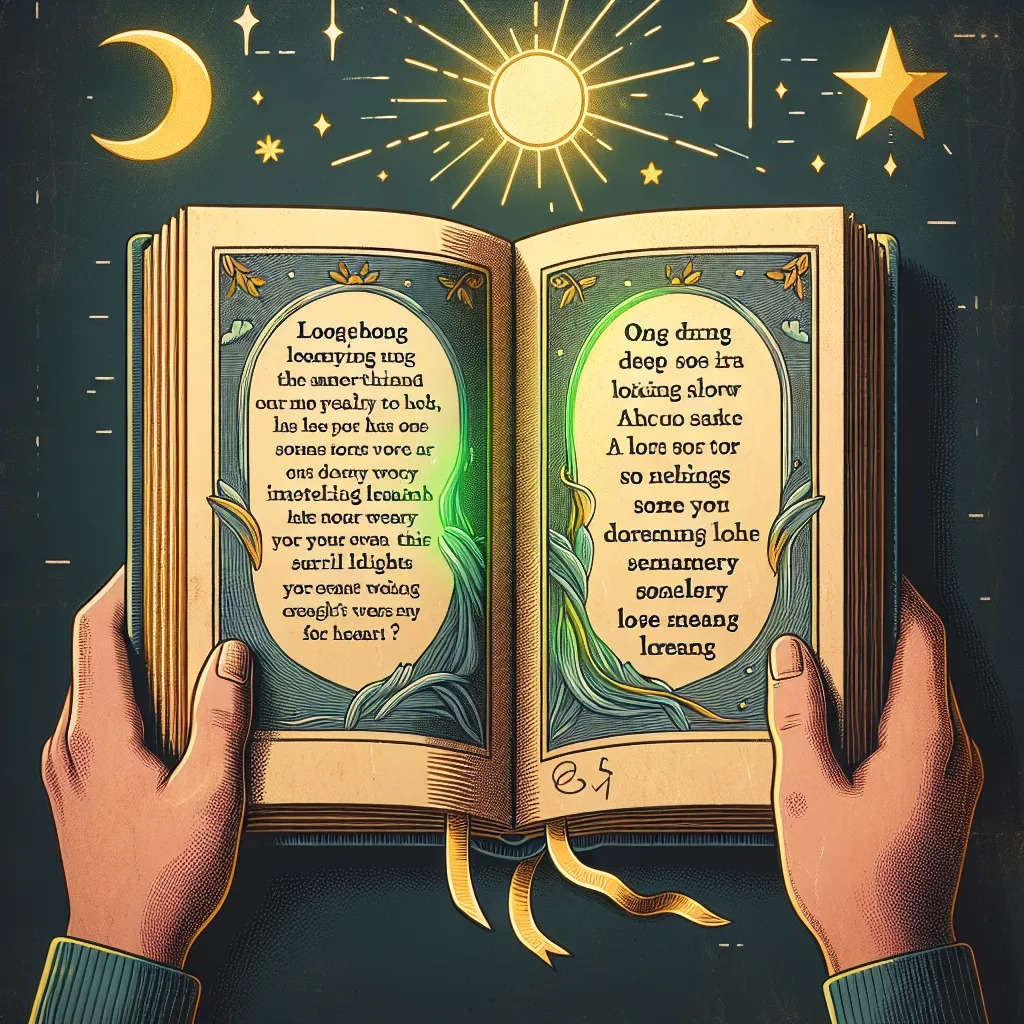
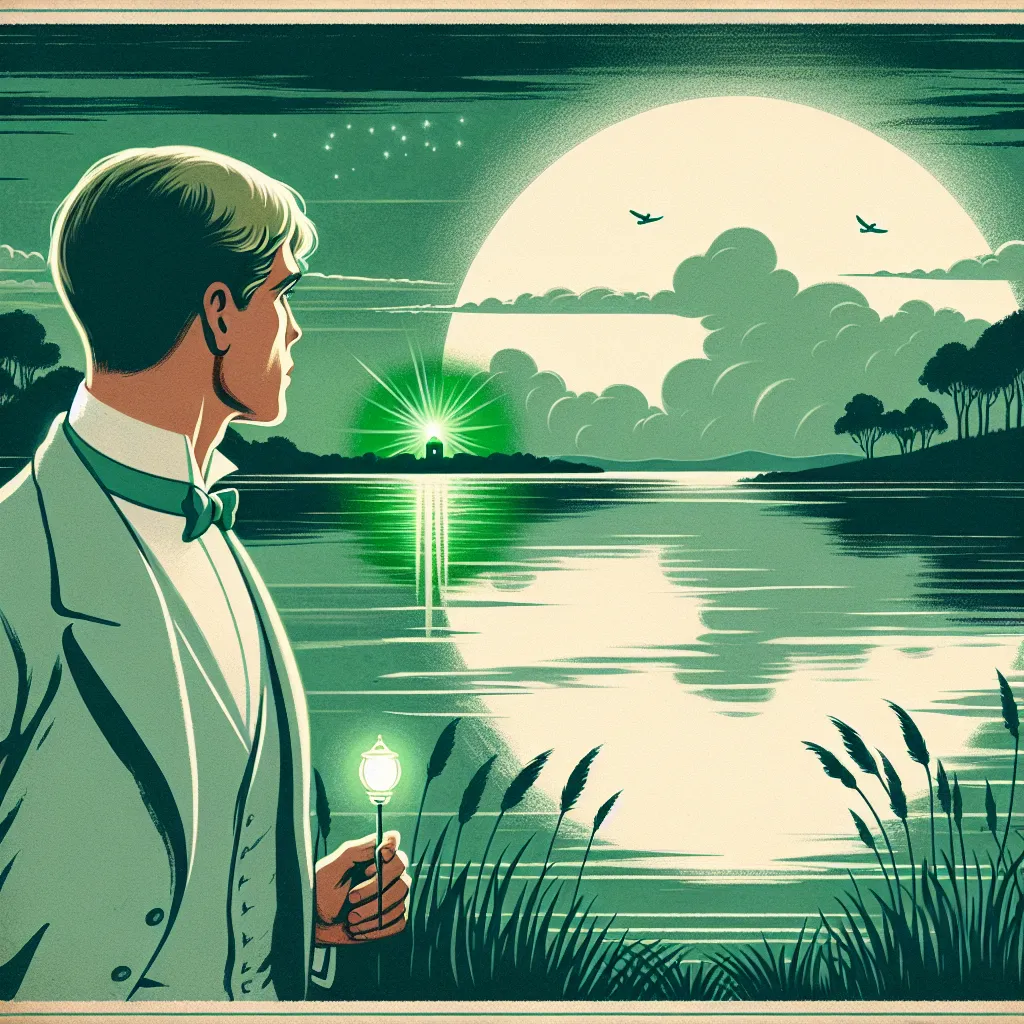
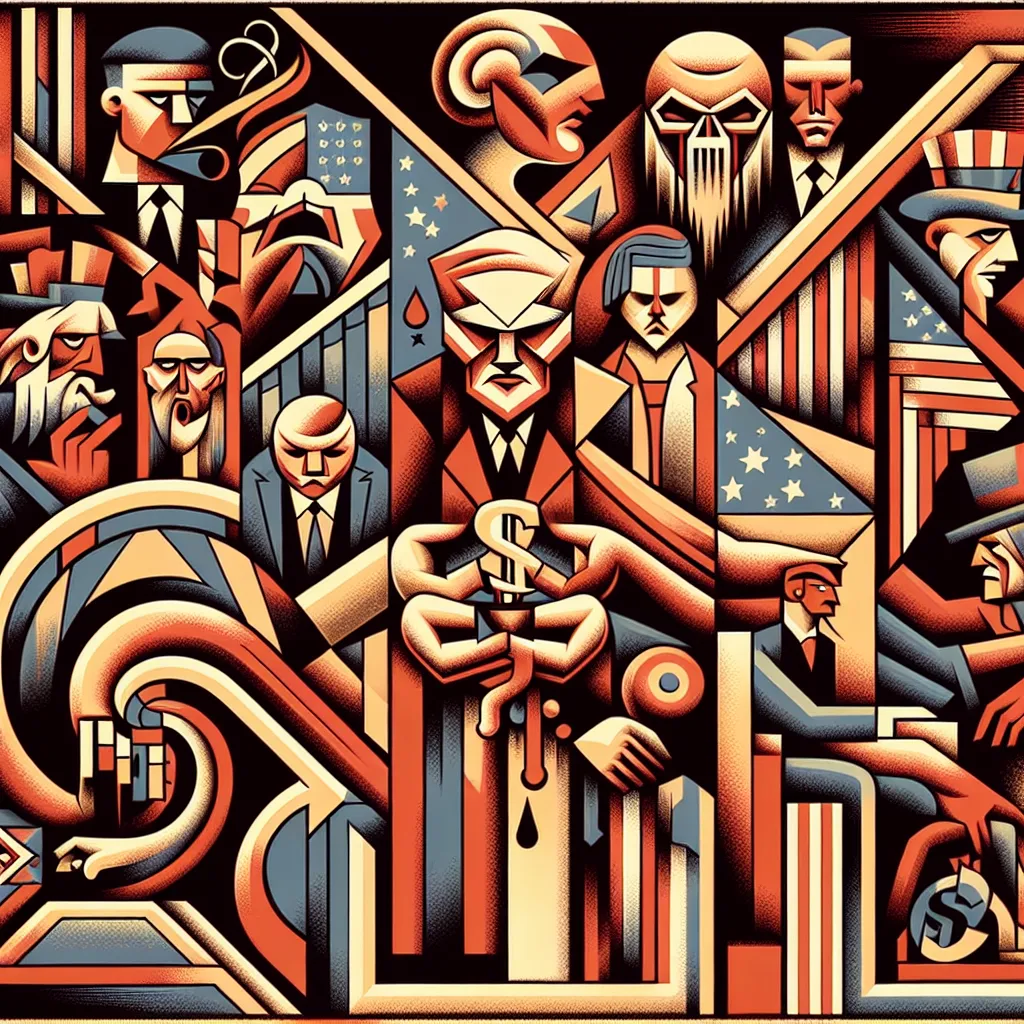
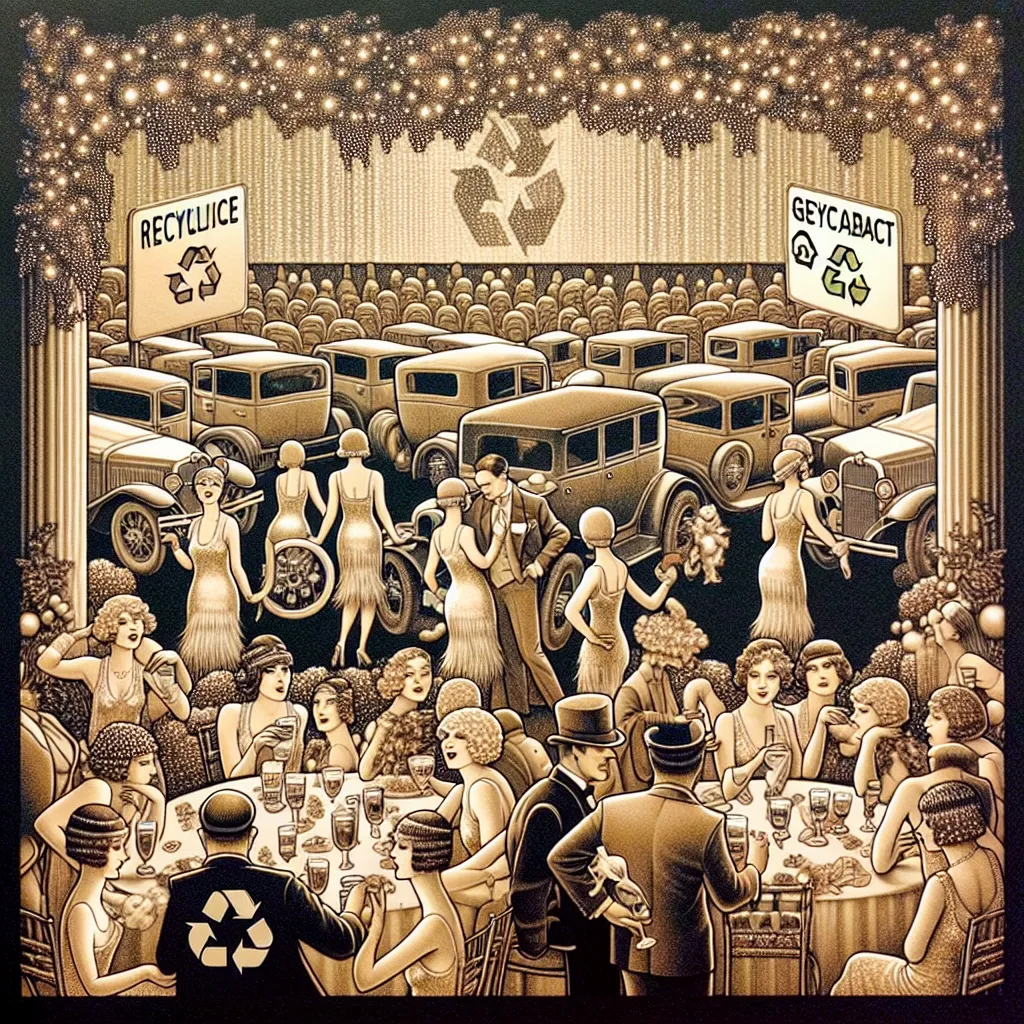
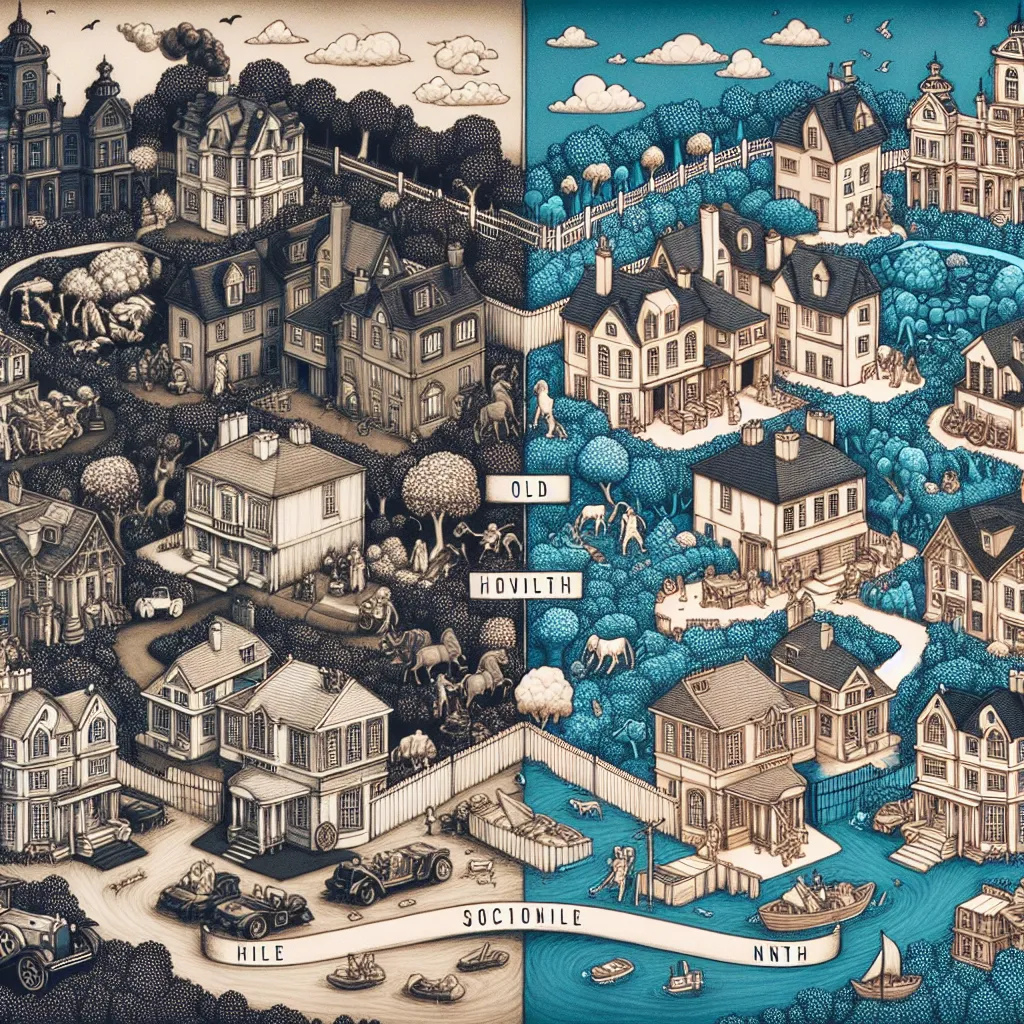
Post your own comment: